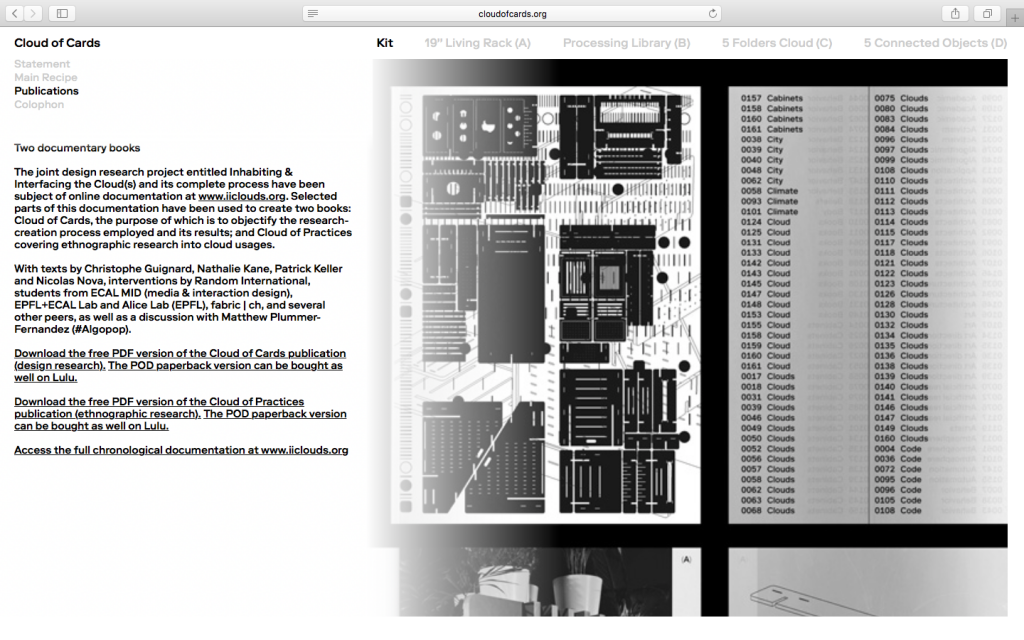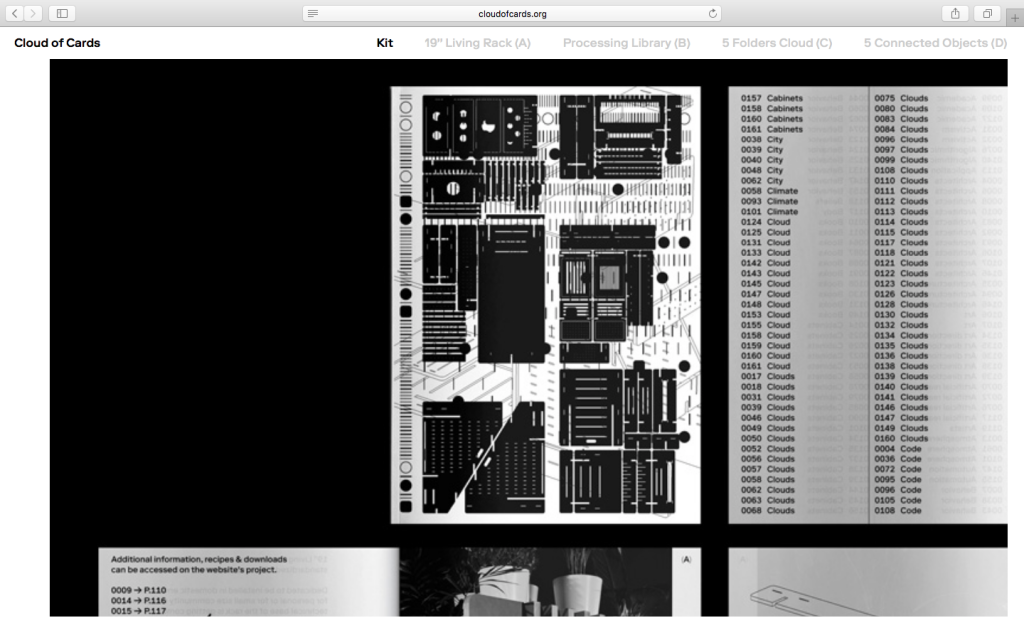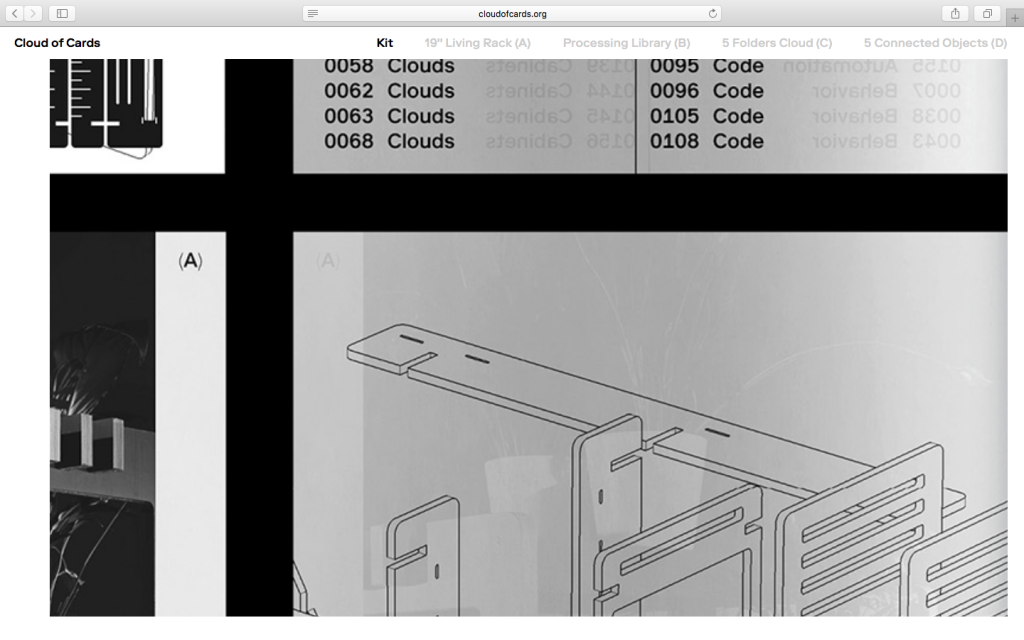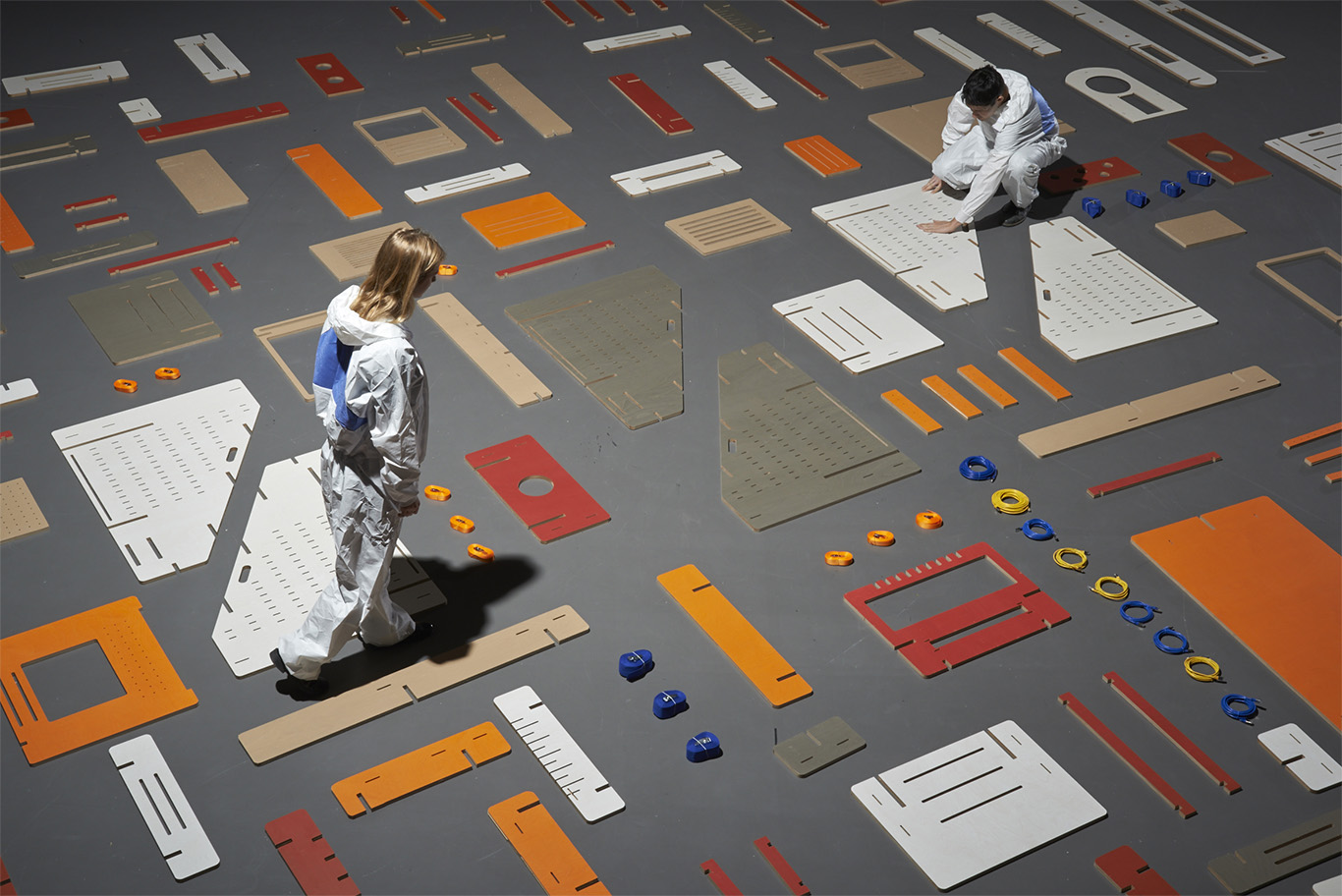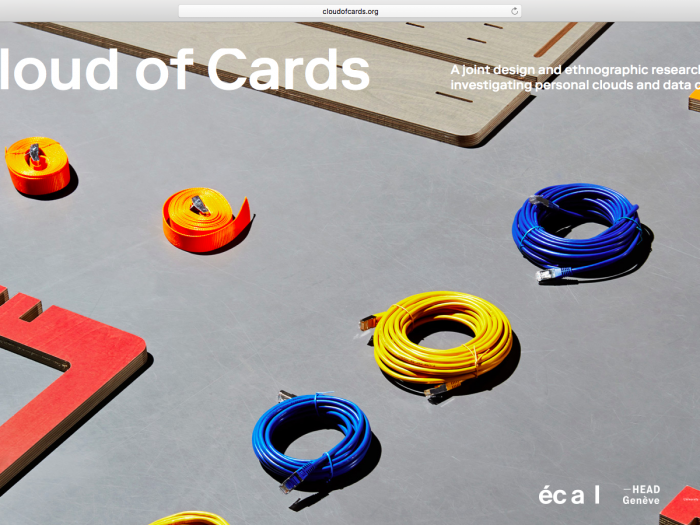At HEAD – Genève today, we started the first workshop of the research project with James Auger (from Auger-Loizeau design studio and the Royal College of Arts in London). We’re going to spend this week with the first year students of the Media Design MA exploring cloud computing, personal cloud systems, objects and user interfaces.
In order to address this, the workshop started with a background description of the project’s purposes, the evolution of computers and network infrastructures, as well as an introduction to the current state of design objects and architectures related to cloud Computing: NAS systems, servers combined with heater, speculative projects related to such technologies. From this broad list of material we wondered about the lack of artefacts that go beyond purely functionalists goals. Cloud computing systems, especially in the context of people’s context is generally a commodity… hence a need for design interventions to re-open this black box.
Following Eames’ quote “A plan for arranging elements to accomplish a particular purpose” (as a definition of design), we asked students to start with a basic activity: to create a map of “elements” related to cloud computing. They had to choose a domain of everyday life (cooking, communication, etc.), begin by compiling “their” elements (material scale, cultural, historical, list people’s motivations, objects used to achieve it, situations, behaviors, etc.), sub-themes.
From this we discussed this ecology of elements and what aspects or user contexts they could focus on. Interestingly, students chose very broad topics: religion, communication, cooking, art performances, animal-computer relationships or music-making. Based on this map, we then asked students to explore the role of cloud computing into these elements by looking at these questions:
- How elements of the diagram might work with the cloud? How the cloud may influence each of these elements/the relationships between two of these elements?
- How relationships between the elements on these maps may evolve with cloud computing?
- What are the new situations/problems that may arise with the cloud? Implications?
- What kind of objects will be linked to the cloud? Why? (From products to the role of the product and situations that arise)
The (many) answers to these questions led the groups to highlighting design opportunities to be discussed tomorrow.
